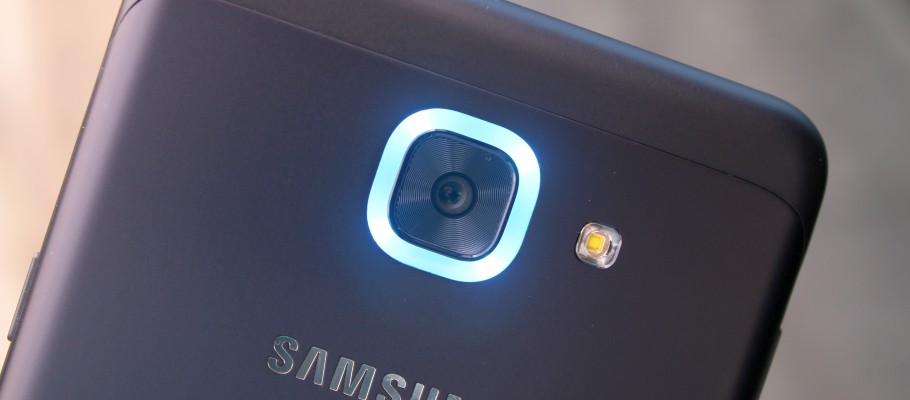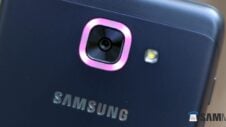Last year, it was a pleasant surprise to see Samsung finally offering a notification LED on its budget smartphones. It was the Galaxy J7 Prime that debuted with the notification LED on Samsung's budget lineup, and while the device's availability was limited to the Indian market, it was a good first step from the Korean giant at offering something so basic for those who don't opt for its mid-range or flagship phones.
In the same year, Samsung also experimented with a new kind of notification light with the low-cost Galaxy J2 (2016). The device came with what Samsung called Smart Glow, a ring around the rear camera that lights up when you receive a notification or a call. According to Samsung, a notification LED on the back of the device is great for college-going users, who tend to keep their phones upside down when they're hanging out with friends. It didn't really make sense, as Samsung's devices are purchased by more than just students, and while we thought it would be a one-time experiment, Samsung isn't done with Smart Glow yet.
Smart Glow has returned this year on the Galaxy J7 Max, a device that can be considered a successor to the Galaxy J7 Prime. It might be useful to some users, but the problem is that Samsung has decided not to use a standard notification LED on the J7 Max. It's not there on the new Galaxy J5 (2017) and Galaxy J7 (2017), either. I have been using the Galaxy J7 Max as my primary device for a few days now, and having to live without a notification LED has been a nuisance, especially after I thought Samsung would stick to putting one on all budget phones following the J7 Prime.
I don't keep my phone upside down (I can bear scratches on the body, not on the display, even if the latter has Gorilla Glass protection), so I have no use for the Smart Glow ring at the back. Heck, I don't think even Samsung thinks Smart Glow is truly useful, as it comes disabled out of the box and has to be manually enabled. That makes it an unnecessary feature that would only be useful to a small percentage of consumers. It's not like Samsung is making it clear in its marketing material that the phone is aimed at students, which means a wide variety of consumers would pick the device up to find that they need to keep it upside down if they wish to make use of a notification LED.
Samsung has taken major strides as far as consistency in features across its different smartphone lineups is concerned, but it's clear that it has more work to do. The Galaxy J7 Max even comes with the blue light filter option missing, even though it's a standard feature on its TouchWiz skin on Android Nougat. Of course, blue light filter can be added via a software update, but Smart Glow is a not-so-useful feature that one will simply have to live with it if they decide to buy the J7 Max. J5 (2017) and J7 (2017) buyers won't even get Smart Glow, so it looks like we will have to wait another year before Samsung realizes the usefulness of a notification LED.







